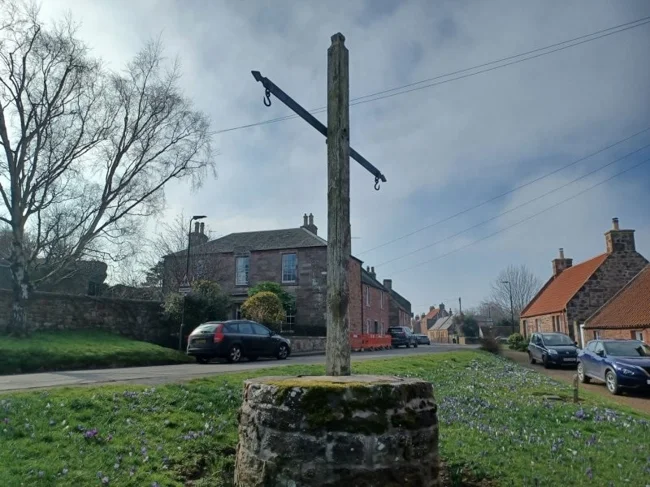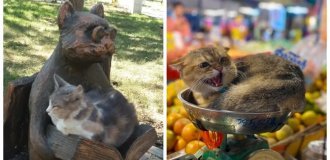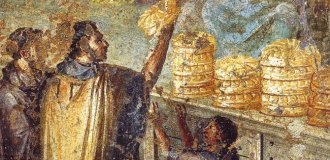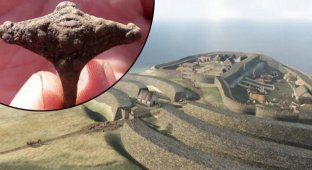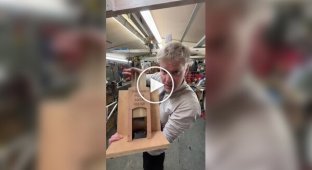Throne: public scales of Scotland (8 photos)
The village of Stanton in East Lothian, Scotland, has preserved a curious historical artifact - a throne. It is a small village consisting of several buildings and cultivated fields. In the Middle Ages, its main goods were grain, leather and wool, which were sold weekly at local markets. 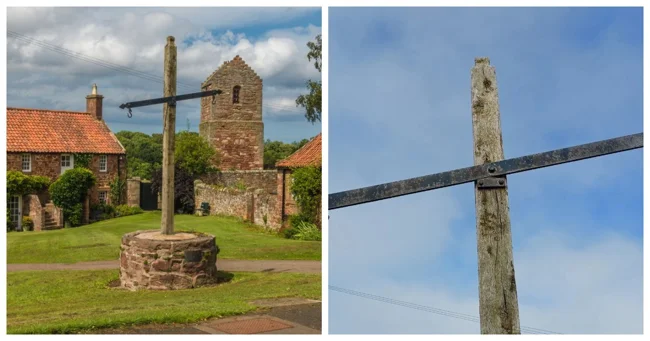
The cross-shaped structure in the photo marks the place where trades were held until the mid-19th century. 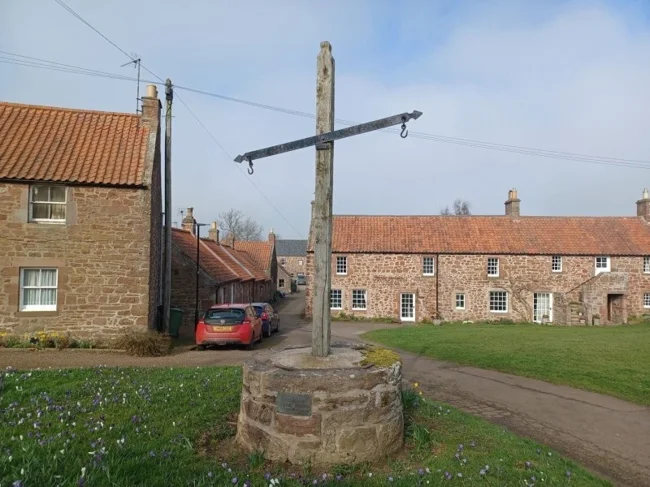
The horizontal bar of this cross is nothing more than the beam of a balance scale used to weigh goods. Hooks on which weights and loads were hung are still visible at its ends. Such public scales were called thrones (from the French troneau - "scales"). They were once a common sight in rural Scotland. 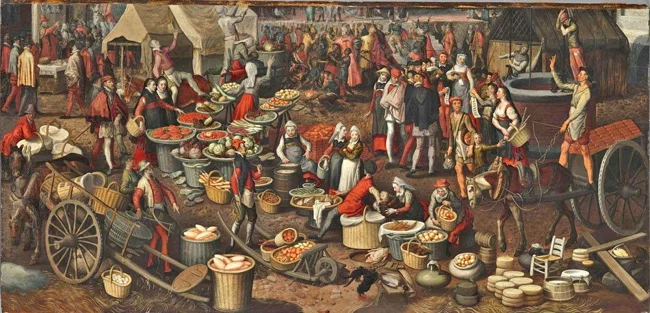
Before weights and measures were standardized, most of Europe used the Roman system of measurement. However, after the fall of the Empire, standards began to vary across regions, and by the early Middle Ages, each city or region had its own measures. Scotland, which used different standards than England, used the troy system (for precious metals, stones, and medicines) and avoirdupois (for bulk goods like grain). 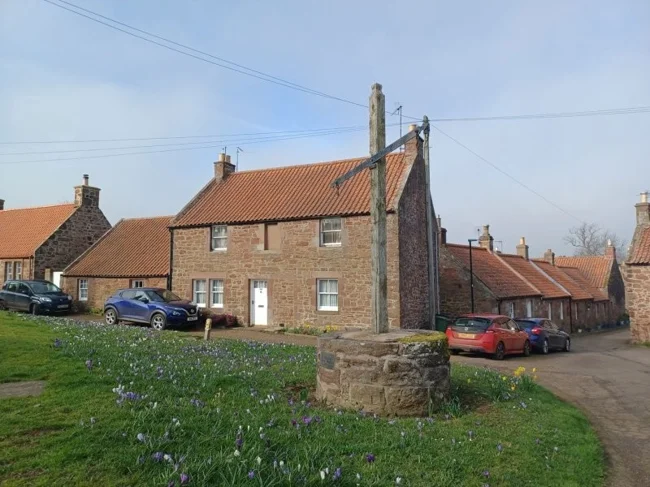
Control over the standards was entrusted to burghs, administrative units similar to cities. Thus, Edinburgh kept the standard of length ('ale'), Linlithgow - the measure of bulk solids ('firlot'), Lanark - the troy stone for weight, and Sterling - the pint for liquids. Each burgh had its own weights for market days, but they rarely coincided, which is why the measures of weight varied from place to place. 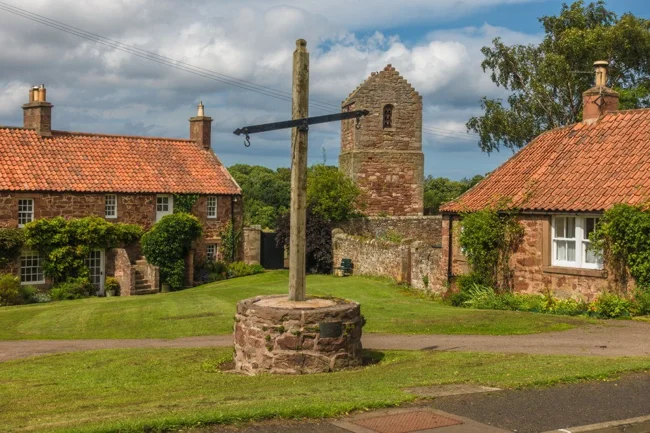
As a public measuring device, the throne was an important part of the burgh. The street on which it stood was often called Trongate, and the place itself served not only for trade, but also for meetings and even punishments. 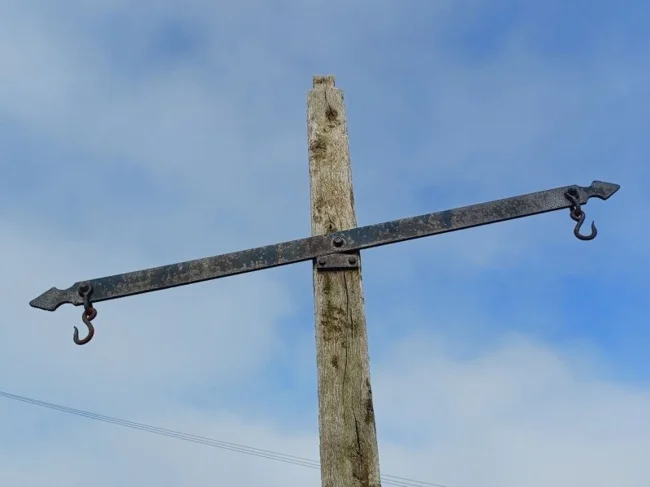
In 1824, the Weights and Measures Act attempted to unify the system of measurements in Scotland, and by the mid-19th century, local standards finally gave way to imperial ones. 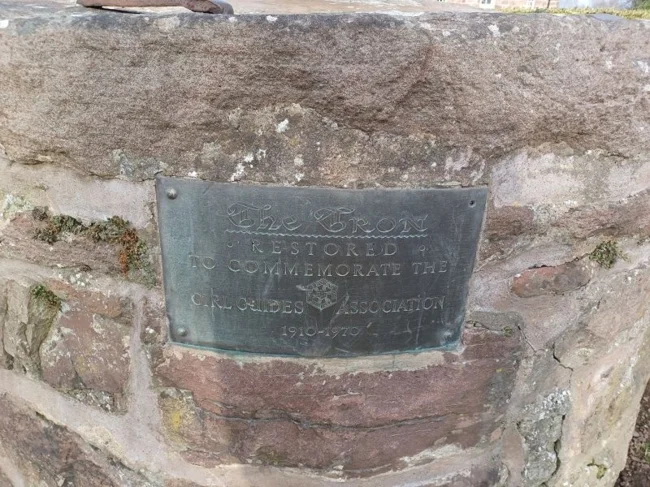
Attempts to switch to the metric system in Great Britain began as early as 1868, but it was only towards the end of the 20th century that imperial measures began to gradually fall out of use. Today, most goods in the country are labeled in metric units. 